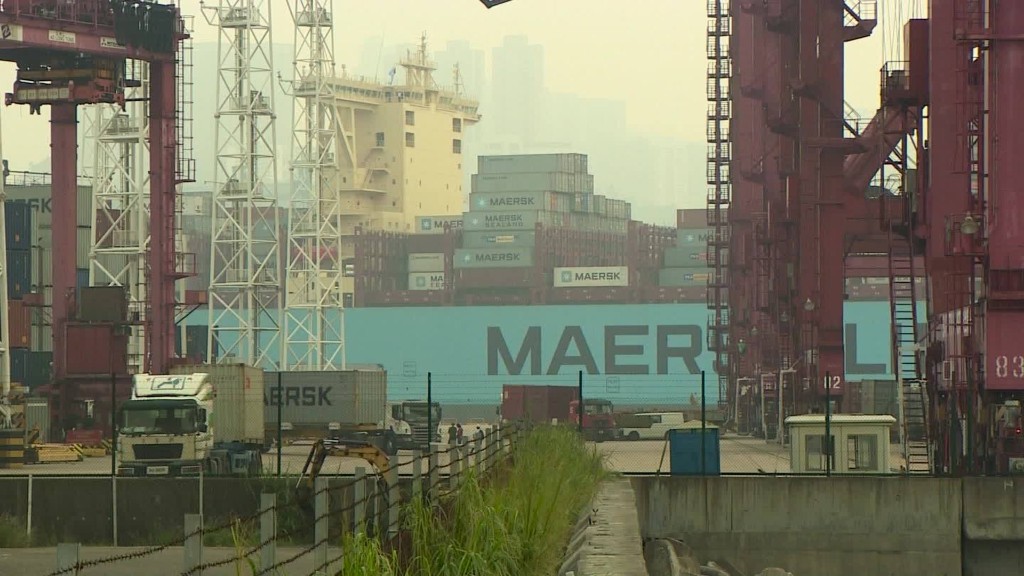
President Trump left a mammoth Pacific free trade deal in ruins. Now, the other countries involved want to rebuild it.
Ministers from 11 nations -- including Australia, Canada, Mexico and Japan -- agreed over the weekend to try to revive the Trans-Pacific Partnership, which was designed to reshape trade across the Pacific Rim.
But economists caution that whatever emerges from the process will be a shadow of the deal Trump killed.
"A TPP without the U.S. is really something very different to a TPP with the U.S," said Louis Kuijs, head of Asia economics at Oxford Economics. "The carrot was access to the U.S. market. Without that carrot, it's a much more watered down offering."
The U.S. would have accounted for nearly two-thirds of TPP countries' economic output, based on 2016 figures from the International Monetary Fund.
Related: Step back America. TPP nations leaning into China now
Japan's change of heart
The agreement to press ahead with a new deal highlights a sharp change of tack from Japan. Prime Minister Shinzo Abe previously said that the TPP would be "meaningless" without the U.S.
Some experts suggest the decision to revive the deal could be an effort to counter China's growing influence in the region.
Trump's exit from the TPP created a big opportunity for Beijing to push its own free trade deal, the Regional Comprehensive Economic Partnership (RCEP). Negotiations over RCEP are already well underway among Asian nations, and China has welcomed the idea of Latin American countries joining.
Related: If Trump wants a new NAFTA, here's what he has to do
"Japan doesn't want China to take the lead on global trade," said Kevin Lai, Asia economist for Daiwa Capital Markets in Hong Kong.
The Japanese government is involved in RCEP as a "next best" option, he said. "It will participate but would not want it to be China-led."
Experts have said that pursuing the TPP would give countries like Japan more leverage in bilateral negotiations with the U.S. and in regional talks with China.

Door still open for the U.S.
The TPP ministers who met over the weekend asked trade officials to complete a new assessment of the deal ahead of a leaders' meeting in November.
The ministers, who gathered in Hanoi this weekend, also said they wanted to expand the new TPP to include other economies, in part to "address our concern about protectionism." They reportedly suggested that could even end up including the U.S. again, in the event of a change of heart in Washington.
Related: Trump's China trade deal won't wipe out the deficit
But the top U.S. representative at the Asia-Pacific Economic Cooperation meeting made clear that won't happen under Trump.
"The United States pulled out of the TPP and it's not going to change that decision," U.S. Trade Representative Robert Lighthizer said at a news conference. "That does not mean we will not engage in this region."
He stressed that he and Trump think that bilateral trade talks are better for the U.S. than multilateral ones.


